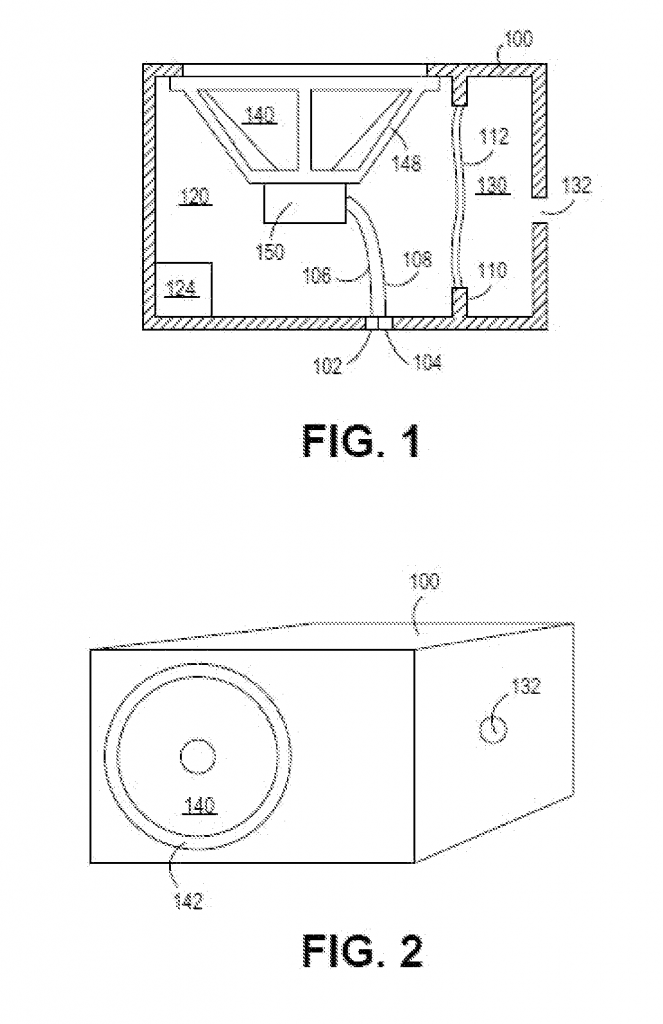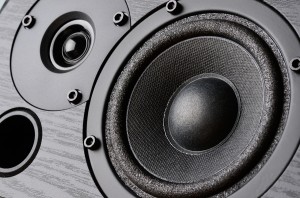Today, Apple Inc. (NASDAQ:AAPL) was granted a patent for a gas filled speaker design by the United States Patent & Trademark Office (USPTO). This speaker design, if it ever becomes a reality, will produce sounds of much higher clarity and fidelity than an air-filled speaker, yet manages to avoid the problems of previous gas filled speakers with a simple, clever workaround. The patent, U.S. Patent #8,767,994, was granted along with 47 others this morning.
Update: It appears the USPTO patent was pulled down after publishing this article. You can still find the patent on Google here.

Plasma speakers, containing gas rather than air, have existed for years, but their use has mostly been confined to loudspeakers with a fixed position. This is because changes in barometric pressure, even slight ones, can cause serious disruption to the gas’ effectiveness. In a mobile device or smaller speakers, this could present a serious problem. For example, taking an elevator could disrupt sound production entirely. The gas in the speaker’s internal chamber stops transmitting noise until enough of it has leaked out to equalize pressure, at which point sound production resumes.

The patent design, entitled “Gas Filled Speaker Volume,” aims at describing a method of working around this difficulty and producing a small, mobile speaker that uses gas rather than air for initial generation and propagation of sound. Such a speaker could be mounted in a mobile device or used for a pair of ordinary audio speakers, such as those found on a sound system or a computer. The design is also far more practical than plasma speakers.
The core feature of the Apple (AAPL) gas filled speaker is two internal cavities separated by a flexible, gas-proof barrier. The inner cavity is filled with helium gas, which is lighter than air and provides the necessary characteristics to produce clear, high fidelity, “ideal” sound. The outer cavity is full of air and has a vent hole to the outside. When barometric pressure changes, air flows into or out of the air cavity, causing the flexible barrier to bulge inwards or outwards, thus automatically maintaining the correct gas pressure for full functionality.
The helium is maintained by the decay of thorium in a gas replenishing cartridge inside the inner, sealed cavity.
The speaker patent has only one inventor of record, an unusual detail for Apple (AAPL) patents, which are usually the work of a small group of three or four people. The inventor in this case is Ching Yu John Tam of Los Gatos, California. Mr. Tam has filed 32 patent applications since 2008, of which 13 have thus far been granted. Mr. Tam’s most active year was 2010, when he filed 10 patents. “Gas Filled Speaker Volume” was filed on November 19th, 2010.




